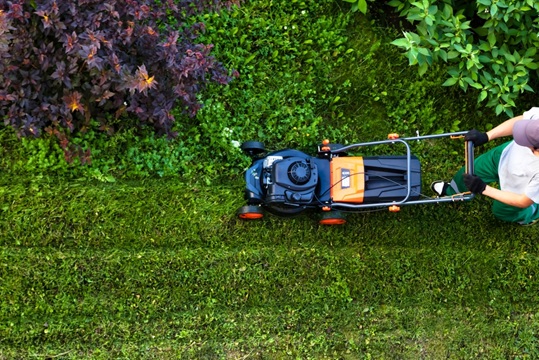
A flourishing garden is the result of patience, care, and the right set of tools. Whether you are a home gardener nurturing a small backyard patch or a professional landscaper managing larger spaces, the quality of your tools directly impacts efficiency and results. With multiple brands and options available, choosing the right garden tool can feel overwhelming. This guide breaks down the key factors—quality, durability, and maintenance—to help you make the best investment.
1. Quality: The Foundation of Performance
High-quality garden tools make work easier, safer, and more enjoyable. Look for the following indicators of quality:
- Material Selection: Tools made from high-carbon steel or stainless steel are superior in strength and resist rust better than cheaper alternatives. For handles, hardwood and fiberglass are more durable than plastic.
- Ergonomic Design: A comfortable grip reduces strain on your hands and wrists, especially during long gardening sessions. Non-slip handles and balanced weight distribution are key features to look for.
- Precision Crafting: Tools with sharp, well-forged blades—like pruning shears or hedge trimmers—cut cleaner and minimize plant damage, promoting healthier growth.
Quality tools may cost more initially but deliver better performance and save money in the long run by avoiding frequent replacements.
2. Durability: Long-Term Value
Durability ensures that your garden tools withstand constant use and challenging outdoor conditions. Consider the following aspects:
- Rust Resistance: Opt for rust-proof coatings, stainless steel blades, or powder-coated metal finishes. Moist soil and water exposure can quickly degrade lower-grade tools.
- Strong Joints and Fastenings: Tools with reinforced rivets, solid welds, or strong bolts are less likely to loosen or break during heavy use.
- Weather-Ready Handles: Wooden handles should be treated to resist moisture, while fiberglass handles are lightweight and resistant to cracks or splinters.
Durable tools provide stability and reliability, allowing you to tackle tasks like digging, cutting, or trimming without worrying about breakage.
3. Maintenance: Extending Tool Life
Even the best tools need proper care to perform well. A little attention goes a long way:
- Regular Cleaning: Rinse soil and plant residue after each use to prevent corrosion and the spread of plant diseases.
- Sharpening Blades: Pruning shears, hedge trimmers, and lawn edges work best with sharp blades. A sharpening stone or file can restore their edge.
- Oil and Lubrication: Apply a light coat of oil to blades and moving parts to prevent rust and ensure smooth motion.
- Proper Storage: Keep tools in a dry, shaded area. Hanging racks or tool organizers protect them from moisture and accidental damage.
With consistent maintenance, even moderately priced tools can last for years.
4. Matching Tools to Tasks
Finally, align your purchase with your gardening needs. A gardener working with flower beds will prioritize small hand tools like trowels and pruning shears, while someone managing larger plots may invest in spades, hoes, or even powered hedge trimmers. Avoid buying unnecessary tools—choose versatile, high-quality pieces that fit your tasks.
Conclusion
Choosing the right garden tool is about more than picking a brand name; it’s about investing in quality, durability, and care. A well-selected and well-maintained tool makes gardening smoother, more efficient, and more enjoyable. Govinda Agro Tech Ltd offers a wide range of garden tools built to last, ensuring that every gardener—amateur or professional—has the right equipment to cultivate with confidence.
